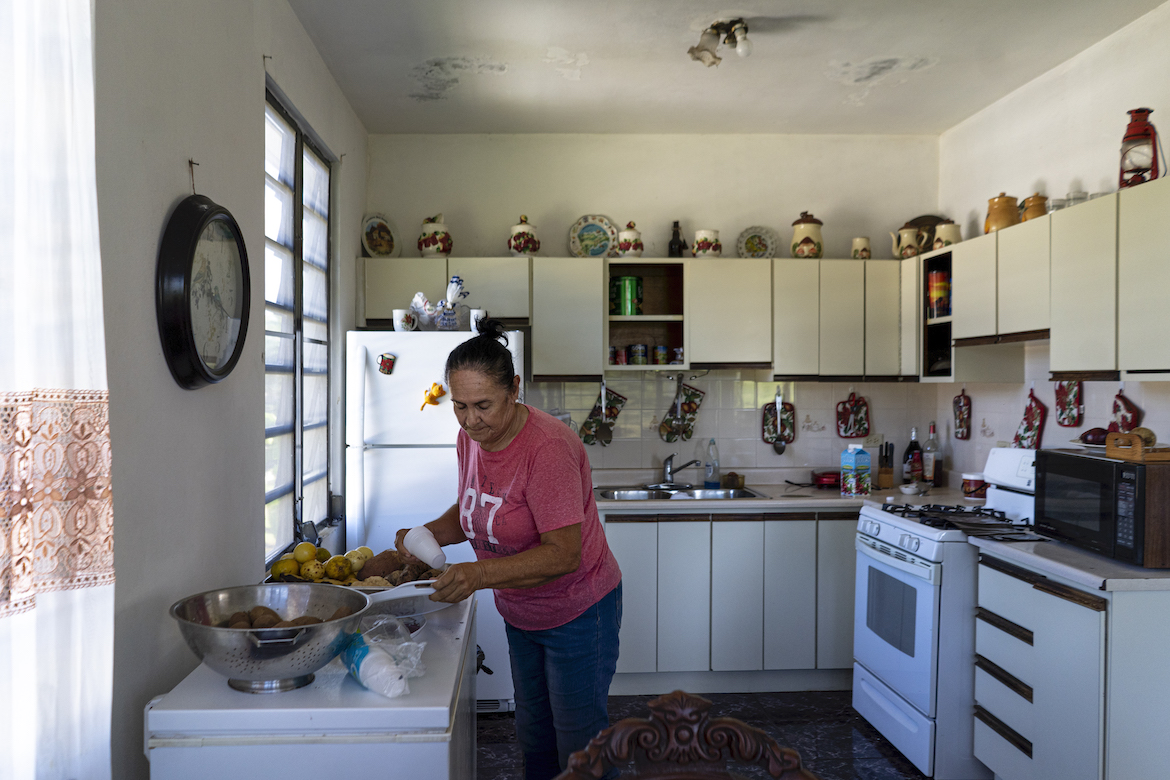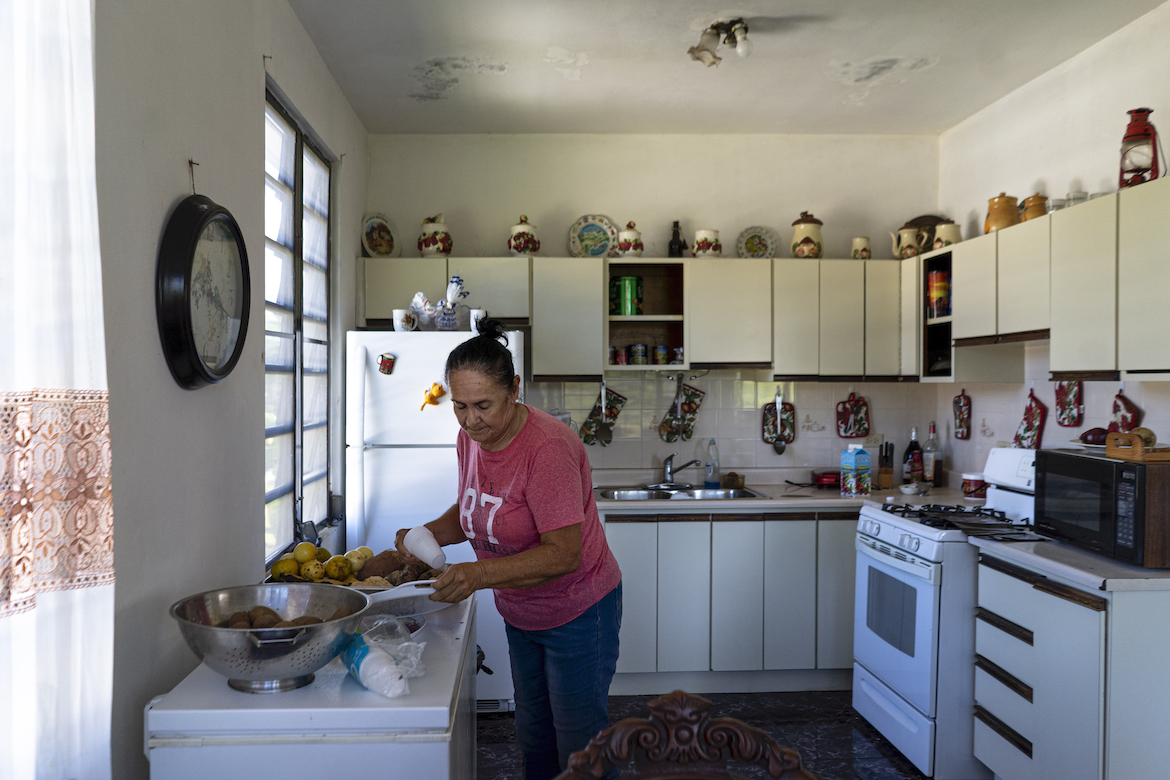SAN JUAN – Reverse mortgages are failing at nearly double the U.S. national average in Puerto Rico, a problem magnified on the island by sliding property values, lenders’ responses after natural disasters and unique challenges ranging from spotty mail service to the lack of some loan materials in Spanish. Across the United States, the loans – which allow seniors to draw down equity in their homes – are falling into default at unprecedented rates a decade after the onset of the Great Recession, when brokers wrote the most loans in the program’s history. An analysis by USA TODAY and the Centro de Periodismo Investigativo in Puerto Rico found waves of reverse mortgages headed to foreclosure for reasons other than death, the natural way the loans are supposed to end. Almost one in four reverse mortgage loans failed from 2014 to 2018 over technical snags, according to the Government Accountability Office. Totals from 2019 compiled by the island’s office for financial institutions suggests an even greater share: 80% of the last year’s reverse mortgage foreclosures in 2019 were the result of tax defaults, insurance issues or occupancy problems.
Across the U.S., about one in seven loans met the same fate during those years, the USA TODAY analysis found. The work was done in partnership with Grand Valley State University in Michigan with support from the McGraw Center for Business Journalism and the Economic Hardship Reporting Project.




